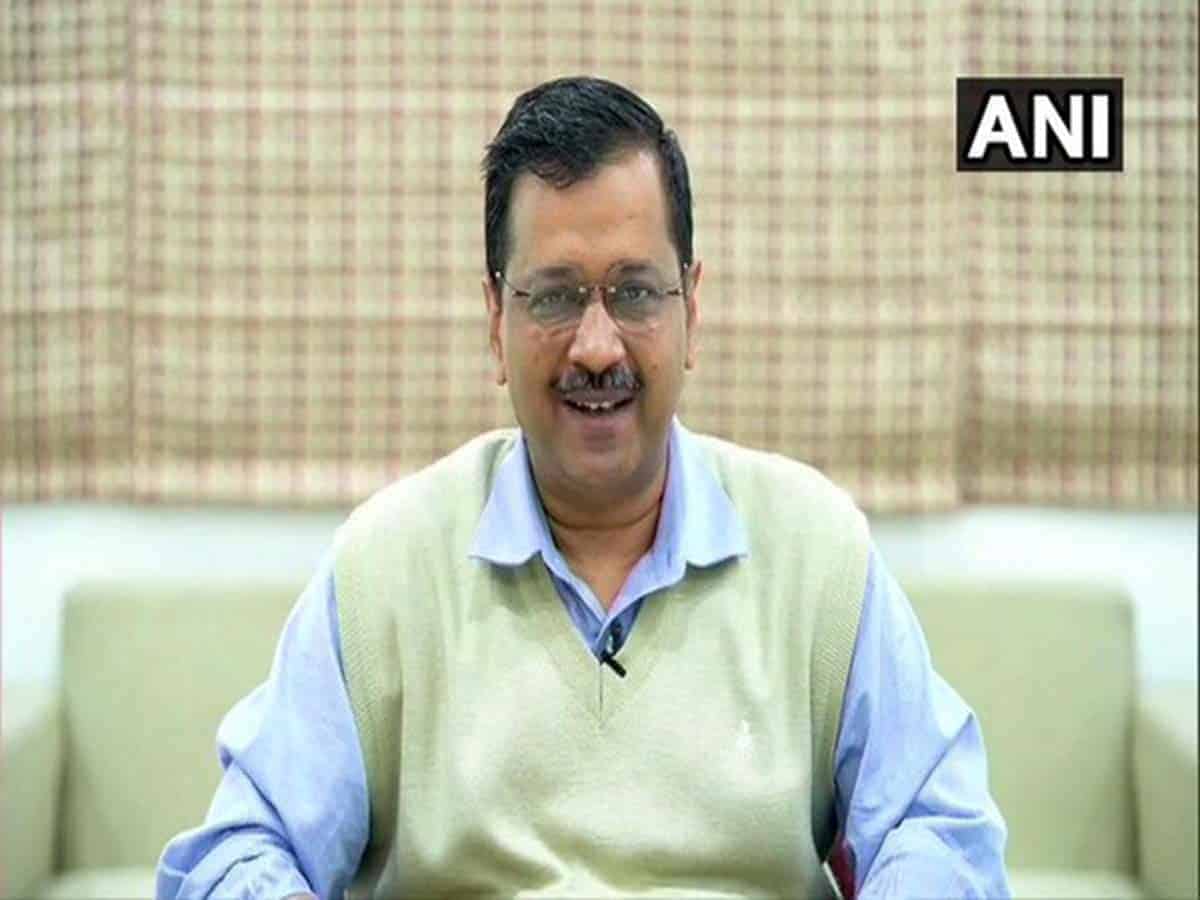By Abdul Hafiz Lakhani Ahmedabad
Gujarat, a state whose political narrative is defined by its bipolar contests between the Bharatiya Janata Party (BJP) and the Congress, could see the emergence of a third force with the Aam Aadmi Party (AAP) planning to contest all 182 seats in the 2022 assembly elections.
Aiming to project the Aam Aadmi Party (AAP) as an effective “alternative” to the ruling Bharatiya Janata Party (BJP) and the opposition Congress in Gujarat, Delhi Chief Minister Arvind Kejriwal on last Monday confirmed that the party will be contesting all 182 seats in the 2022 state assembly elections. He was in the city on a day-long visit to inaugurate the party’s state office.
Addressing a press meet, he levelled several allegations of the BJP and the Congress parties working together as ‘one’ in the state.
“BJP has been in power (in Gujarat) for the last 27 years. Both the ruling party and Congress are working like friends. It is said that in Gujarat, Congress is in the pocket of the BJP and it supplies the ruling party with goods when it needs them,” stated Kejriwal.
“An individual sitting in Gujarat can see why electricity is so cheap in Delhi, unlike the residents of Gujarat. They can also see the condition of hospitals and schools in Delhi that have become so good in the past five years.
Then, why can’t the condition of schools and hospitals in Gujarat cannot improve in 70 years? The situation will improve now,” added a confident Kejriwal.
Planning to field candidates for all seats in the state, the Delhi CM alleged, “Farmers are disturbed as are the students. There is no one to inquire about issues, traders are in danger.
I do not understand the need to be afraid? Gujarat was left orphaned during the COVID-19 period.”
It is to be noted that the state’s civic body elections were held in February this year, wherein AAP won 27 seats in the Surat Municipal Corporation (SMC)
On the other hand, Congress was unable to grab any seats in the civic body. For the district/taluka panchayat polls, the AAP party had fielded candidates for all seats across the state.
In the municipal corporation election, the AAP replaced the Congress as the main Opposition party in Surat winning 27 seats.
the AAP won 31 seats in taluka panchayat, nine seats in municipalities and two in district panchayats.
The AAP, which is considered a metro-city party, won seats in tehsil panchayats, district panchayats, and nagarpalika after its showed in the municipal corporation polls. It reflected the AAP’s increasing footprints in rural Gujarat. By the time, Gujarat goes for the assembly polls, the AAP would be vying for the main Opposition slot with the Congress in the state.
Meanwhile, former journalist Ishudan Gadhvi joined the AAP party on Monday, which earned him praise from Kejriwal who called him the ‘Kejriwal of Gujarat.
It is worth mentioning that while the Aam Aadmi Party has obviously emerged as an alternative in Gujarat, it remains to be seen whether it can earn and hold on to the Patidars’ favour in the future. Patidar community is traditionally BJP’s vote bank.
In the 2017 Gujarat assembly election, the ruling BJP contested all the 182 seats and won 99 of them. It polled 1.47 crore votes which was 49.05 per cent of the total votes polled.
The main opposition Congress contested 177 seats and won 77. It bagged 1.24 crore votes or 41.44 per cent of the votes polled.
AAP contested 29 seats but lost on all of them. Worse, its canidates forfeited their security deposits on all of them. The party garnered only 29,500 votes or 0.1 per cent of the votes polled.
In the past, various parties attempting to form a third alternative have ended up merging with the ruling or the main opposition party.
Take the instance of the Gujarat Parivartan Party (GPP) that was floated by ex-chief minister Keshubhai Patel in 2012.
A BJP strongman, Patel had scripted BJP’s victory in Gujarat in 1995. GPP managed to win only two seats in 2012 state elections even as the BJP won 115 seats. Later, GPP was merged with BJP and Patel announced his retirement from politics in 2014.
“Whenever a new alternative has tried to emerge in Gujarat, it has always ended up by merging with the ruling party or the main opposition party. In the sixties during Congress’s rule, the Swantantra Party was the main opposition party. Then when the Janata Party came into the picture it replaced Swantantra Party that was merged with it. In the nineties, the BJP replaced Janata Party and became the main opposition party,” said Ghanshyam Shah, a political expert and a retired Jawaharlal Nehru University professor.
Even Shankersinh Vaghela, who was with the BJP before he revolted and became chief minister in 1996, had floated his own outfit that was later merged with the Congress.
The dominant ethos for the people of Gujarat, who are mainly businessmen and traders, has never been very high on regional sentiments and they have chosen to side with big parties that have a national dominance as well, according to political analyst Vidyut Joshi, former vice-chancellor at Bhavnagar University.
A senior BJP leader who spoke on condition of anonymity said that while Congress has been out of power in the state for over two decades now, its vote share has not gone below 30-35% in all these years. As a result, it leaves very little space for a new party to make inroads.
(www.siyasat.net is Ahmedabad, Gujarat, India based Website, powered by Gujarat siyasat, a Fortnightly)

